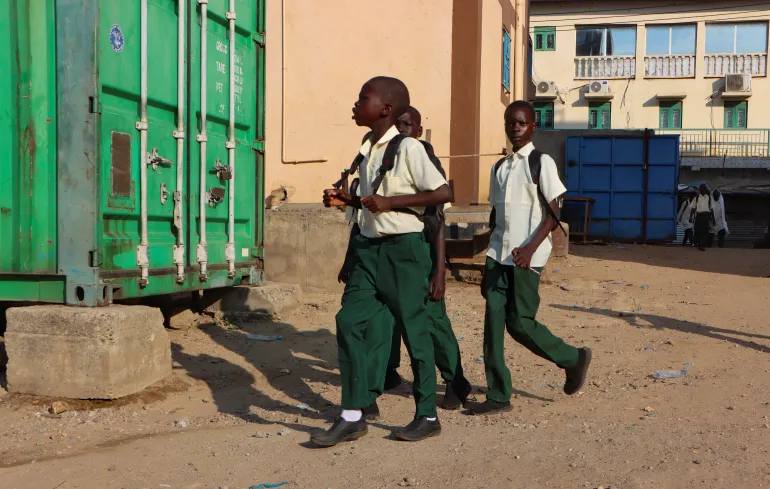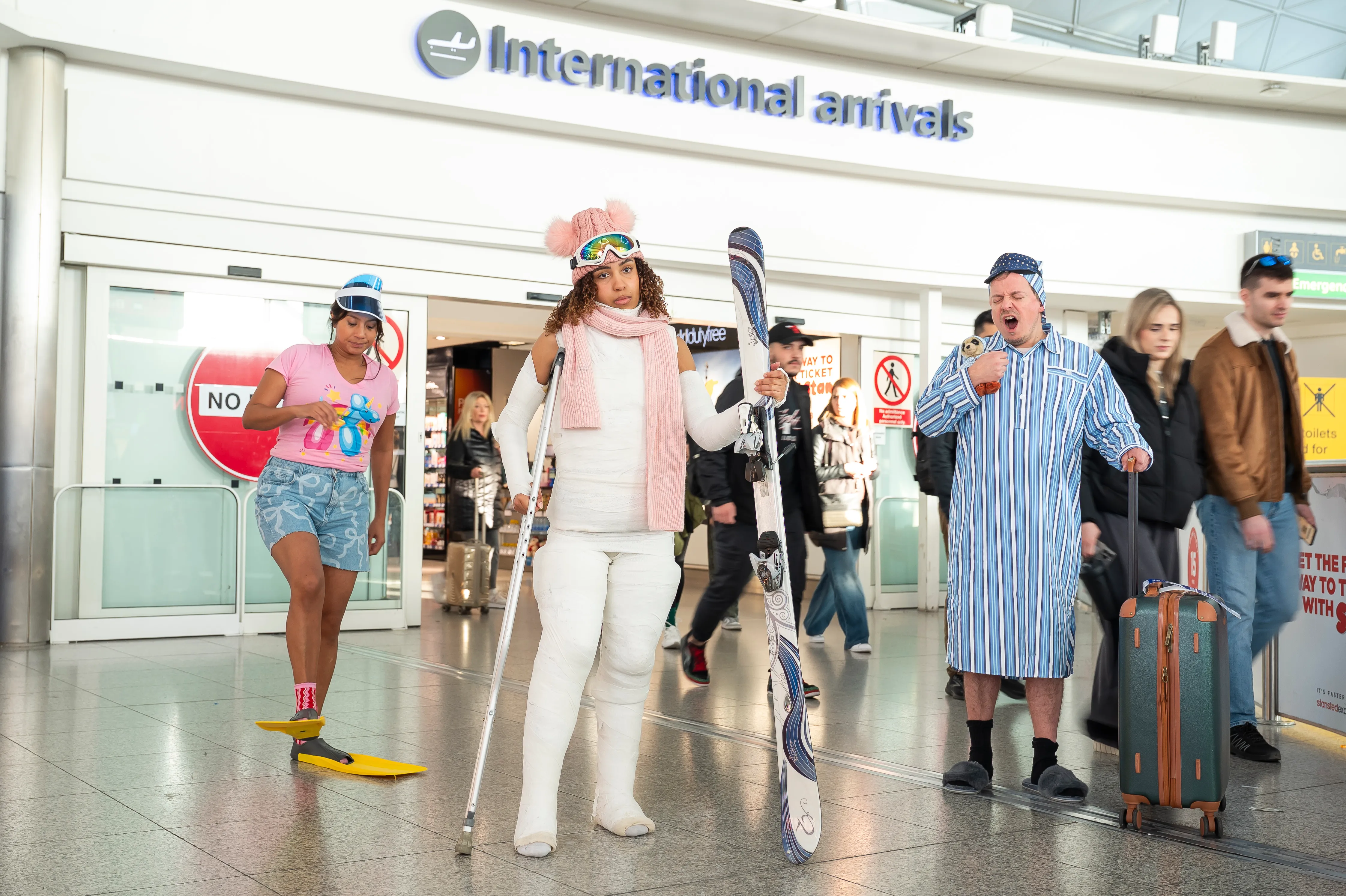Nearly two-thirds of South Sudanese children in child labour: Report | Child Rights News
Study finds that rates soar to 90 percent in some regions as humanitarian crises compound childhood exploitation.
Nearly two-thirds of South Sudanese children are engaged in the worst forms of child labour, with rates reaching as high as 90 percent in the hardest-hit regions, according to a government study released with the charity Save the Children.
The National Child Labour Study, published on Friday, surveyed more than 418 households across seven states and found that 64 percent of children aged between five and 17 are trapped in forced labour, sexual exploitation, theft and conflict.
Recommended Stories
list of 3 itemsend of list
The findings reveal a crisis far more complex than poverty alone, intensified by relentless flooding, the spread of disease, and conflict that have uprooted families and left millions on the brink of hunger.
In Kapoeta South, near the border with Uganda, nine out of 10 children work in gold mining, pastoralism and farming instead of attending school, the report said.
Yambio region, the country’s southwest, recorded similarly dire rates, with local conflict and child marriage driving children into labour.
Children typically start with simple jobs before being drawn into increasingly dangerous and exploitative work, the report found. About 10 percent of those surveyed reported involvement with armed groups, particularly in Akobo, Bentiu and Kapoeta South counties.
The types of exploitation children face differ by gender. Boys are more likely to work in dangerous industries or join armed groups, while girls disproportionately face forced marriage, household servitude and sexual abuse.

‘A crisis that goes beyond poverty’
Knowing the law does not stop child exploitation, researchers found.
The surveys showed that 70 percent of children stuck in dangerous or illegal work lives came from homes with adults who were familiar with legal protections. Two-thirds of children were unaware that help existed.
“When nearly two-thirds of a country’s children are working – and in some areas, almost every child – it signals a crisis that goes beyond poverty,” said Chris Nyamandi, Save the Children’s South Sudan country director.
South Sudan’s child labour prevalence vastly exceeds regional patterns. While East Africa has the continent’s worst record at 30 percent, according to ILO-UNICEF data, South Sudan’s 64 percent is more than double that figure.
“Education remains the strongest protective factor,” Nyamandi said, noting that children who attend school are far less likely to be exploited.
The government acknowledged the crisis at the report’s launch in Juba. Deng Tong, undersecretary at the Ministry of Labour, said officials would use the evidence as a “critical foundation for action”.
The report comes as nearly one million people have been impacted by severe flooding across South Sudan, with 335,000 displaced and more than 140 health facilities damaged or submerged.
The country faces a related malaria outbreak with more than 104,000 cases reported in the past week, while 7.7 million people confront acute hunger, the United Nations said.
South Sudan has also been gripped by fears of renewed civil war. A fragile 2018 peace deal between President Salva Kiir and First Vice President Riek Machar appears increasingly strained, with armed clashes now occurring on a scale not seen since 2017, according to UN investigators.
Machar was arrested in March and charged in September with treason, murder and crimes against humanity. He has rejected all charges.
About 300,000 people have fled the country this year as violence has escalated.




